Solar-Ready Homes: A Developer’s Solar Guide for New Build Projects
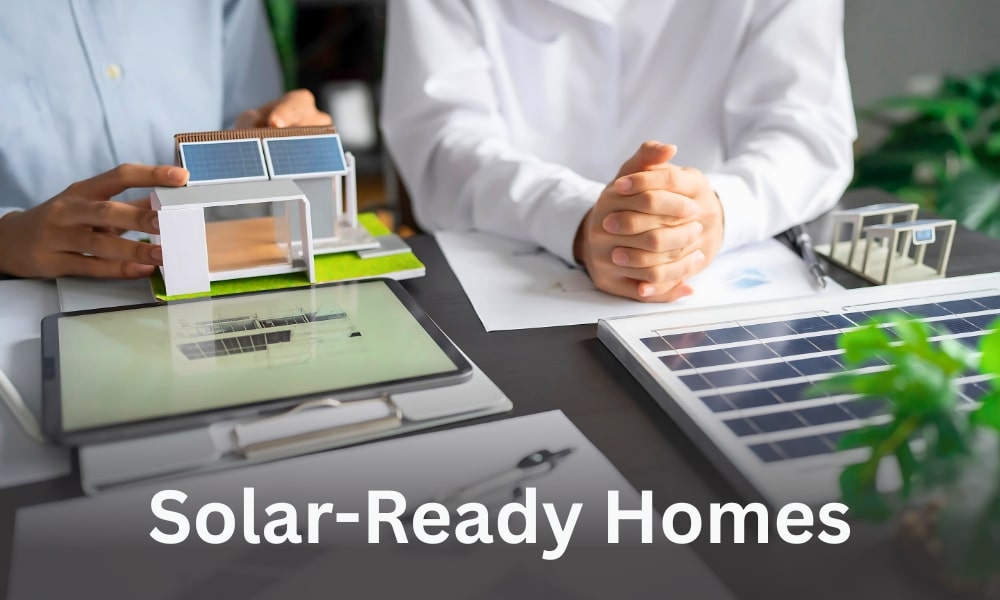
Australia’s solar-ready homes are the future! This developer’s solar guide provides key insights for integrating solar energy in new builds. Learn how to optimise designs & profit.
Renovating for Energy Independence: Why Future-Proofing Your Home Starts With Smart Planning
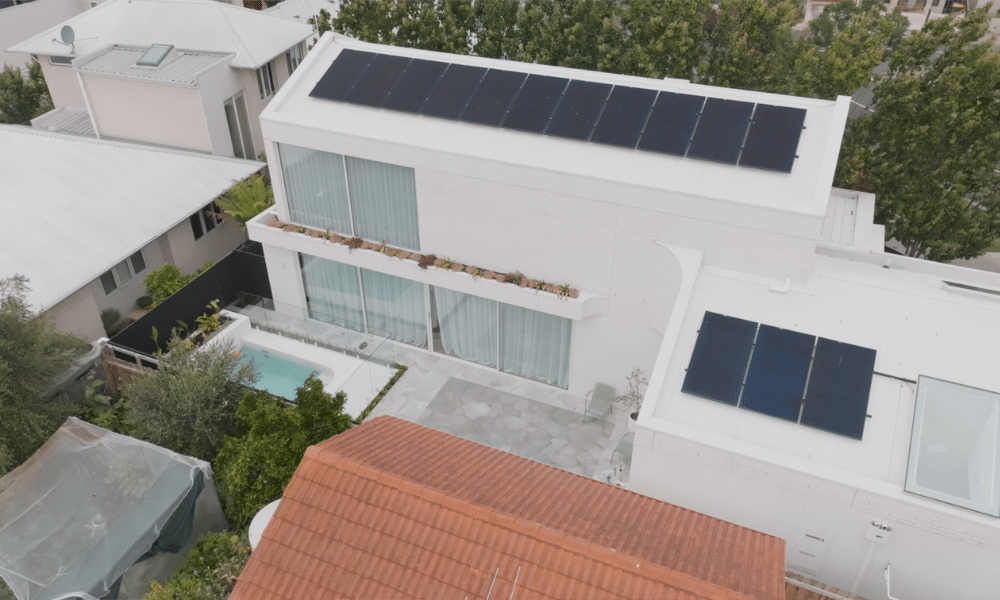
Bec Douros’ renovation proves that energy independence starts with smart design. From solar and battery storage to future-proofed EV charging, here’s how to renovate with sustainability and savings in mind.
Powering Progress: How Solar Mining is Transforming Heavy Industry

Unlock cost savings and energy efficiency with solar mining solutions. Discover how industrial solar empowers heavy industry—partner with Energy Matters today!
North Kirra Surf Life Saving Club Powers Up with Australia’s Largest Anker SOLIX X1 Installation
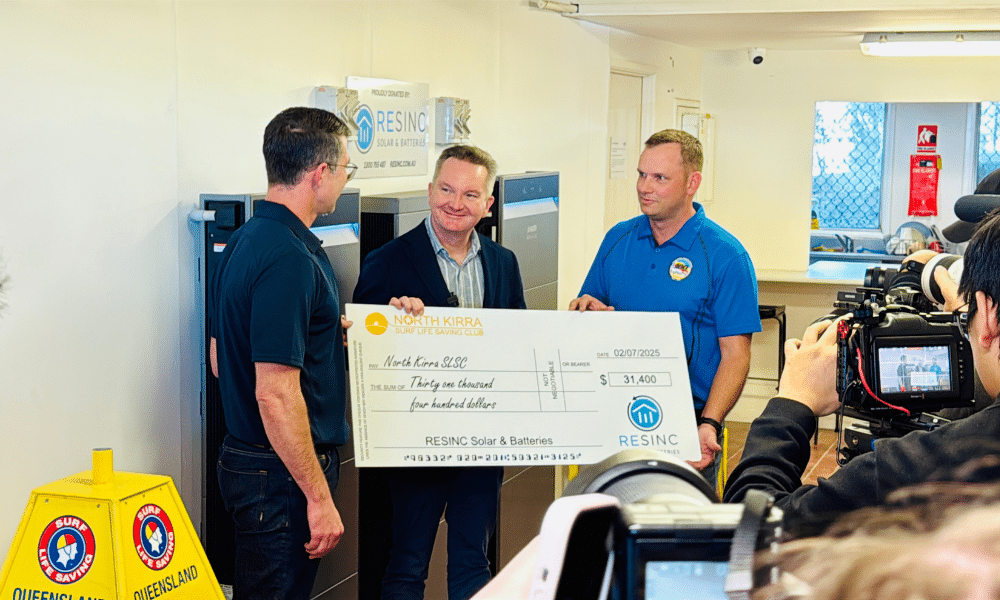
North Kirra SLSC now hosts Australia’s largest Anker SOLIX X1 installation, thanks to RESINC’s 50kWh battery donation, slashing power bills and boosting community resilience during emergency events.
Inside James Treble’s Home Solar Upgrade: Clean Energy with LONGi Panels

James Treble reveals why solar isn’t just practical, it’s stylish. See how LONGi panels power his home, cut costs, and support a smarter, more sustainable Aussie lifestyle.
Powering EV Fleets With the Sun: The Business Case for Solar
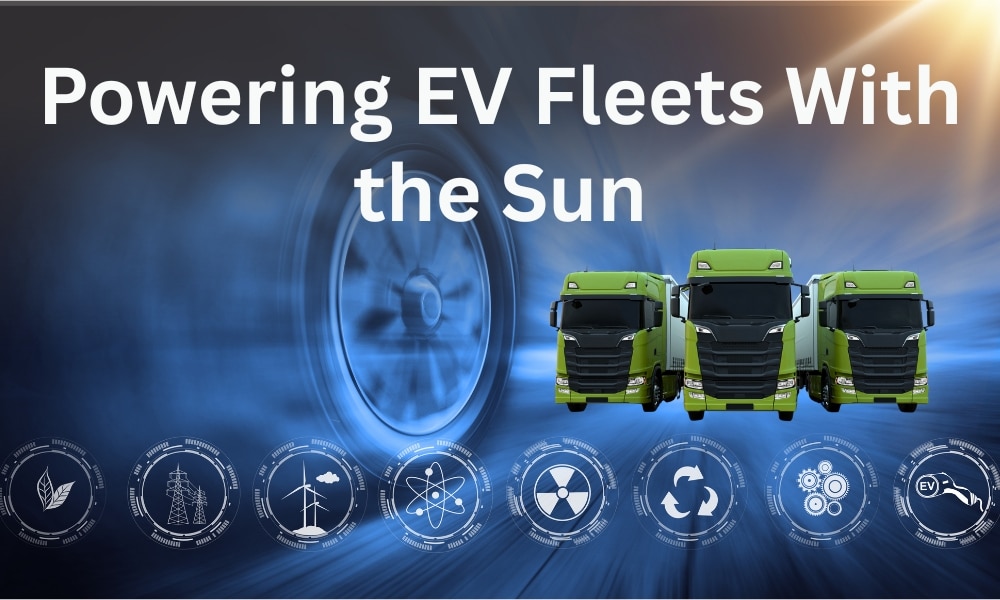
Power your EV fleet with solar! Discover the business case, solar EV charging benefits, and logistics. Choose Energy Matters for smart EV fleet solar solutions.
The Clean Energy Council Approves GoodWe’s EHB Single-Phase Hybrid Inverter
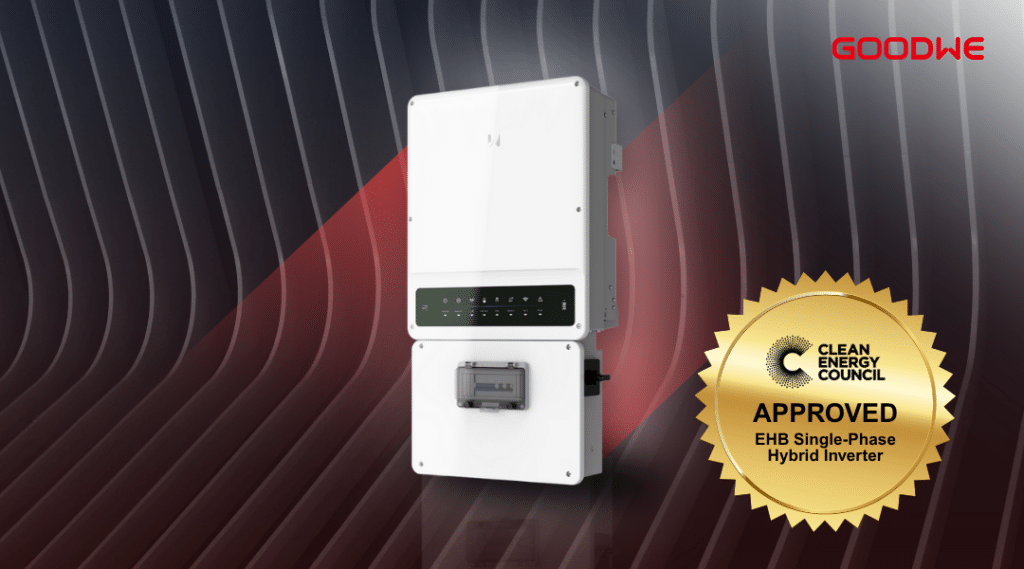
GoodWe’s EHB Series hybrid inverter is now CEC approved and rebate-ready, offering high performance, backup power, and flexible installation options under Australia’s new Cheaper Home Batteries program.
Keeping the Lights On: Anker SOLIX X1 Hybrid System Stars in Open Homes Australia

This stunning carbon-positive coastal home in NSW uses the Anker SOLIX X1 hybrid system to slash bills, boost resilience, and keep the power on during blackouts and extreme weather.
All the Changes and Updates Coming to the Solar and Renewable Industry From 1 July 2025
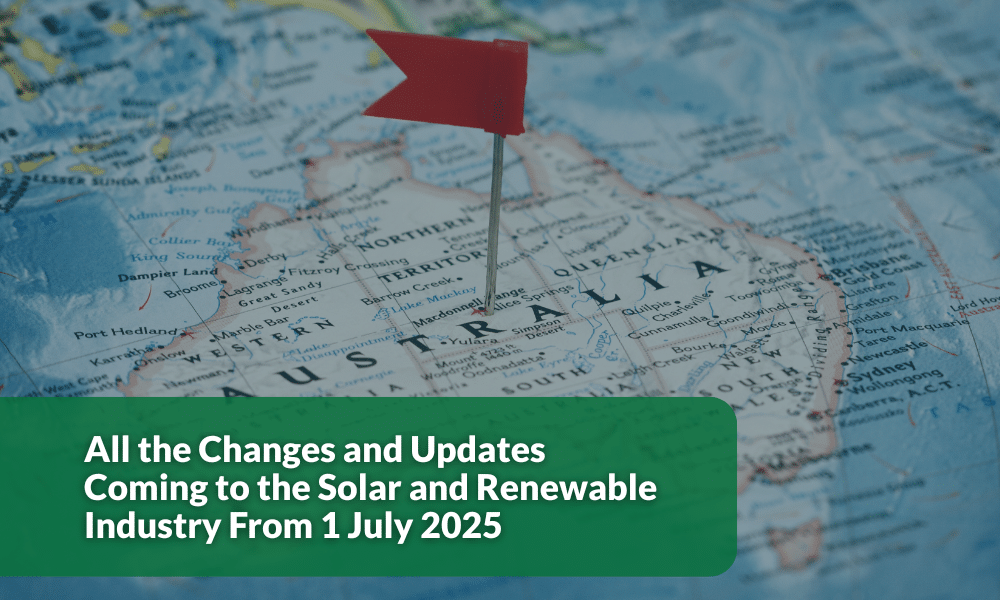
From 1 July 2025, major solar and battery incentives roll out across Australia, including federal rebates, state scheme changes, feed-in tariff updates, and new rules supporting renewable energy growth.
GoodWe Walks the Talk: Why Who Makes Your Solar Gear Matters

GoodWe isn’t just making solar gear; they’re building trust. Their sustainable HQ, advanced manufacturing, and Aussie-first focus make them Australia’s current #1 residential inverter brand. Here’s why that matters.





































